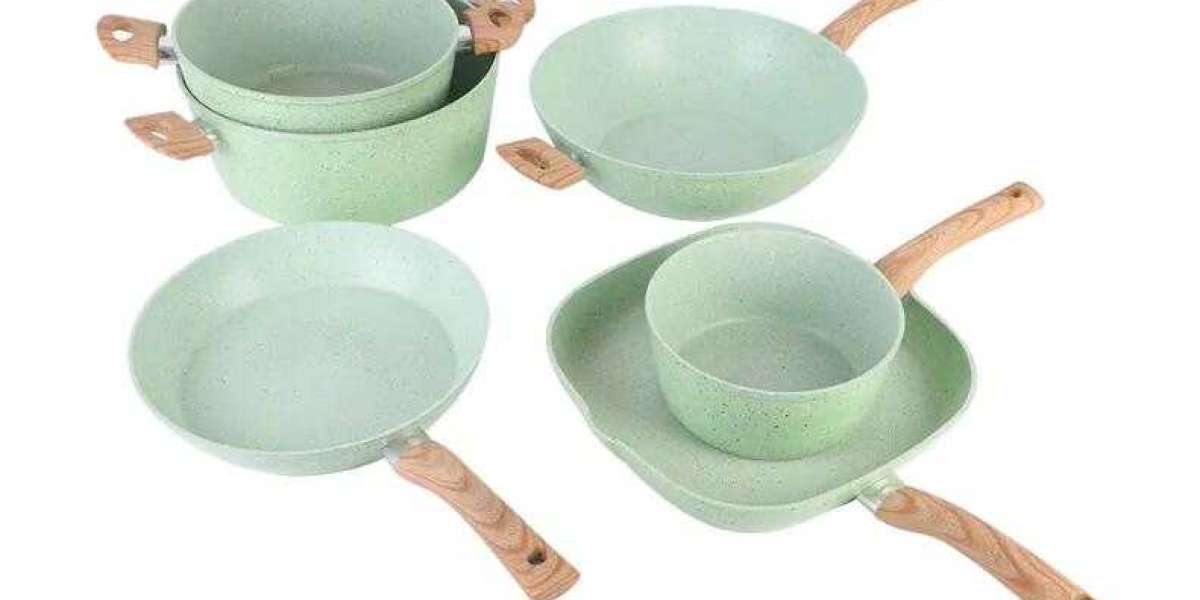Non-stick cookware has its origins in the mid-20th century when the concept of using a non-stick coating on cooking surfaces was introduced. The revolutionary idea was to create a cooking surface that would repel food and reduce the need for oil or fats during cooking. The result was a new generation of cookware that quickly gained popularity for its convenience and versatility.
Non-stick cookware is typically made from a base material, such as aluminum or stainless steel, coated with a non-stick material, commonly polytetrafluoroethylene (PTFE), also known as Teflon. This coating creates a smooth, slippery surface that prevents food from sticking, making cooking and cleaning a breeze.
Effortless Cooking: As the name suggests, non-stick cookware ensures that food glides effortlessly across the surface, preventing it from getting stuck and making flipping and stirring a breeze.
Less Oil or Fat: With a non-stick surface, there is less need for oil or fats, promoting healthier cooking and reducing calorie intake.
Easy Cleanup: Non-stick cookware is a joy to clean, as food residues slide off the surface with minimal effort, eliminating the need for excessive scrubbing.
Versatility: Non-stick cookware is suitable for a wide range of cooking techniques, from sautéing and searing to frying and baking.








